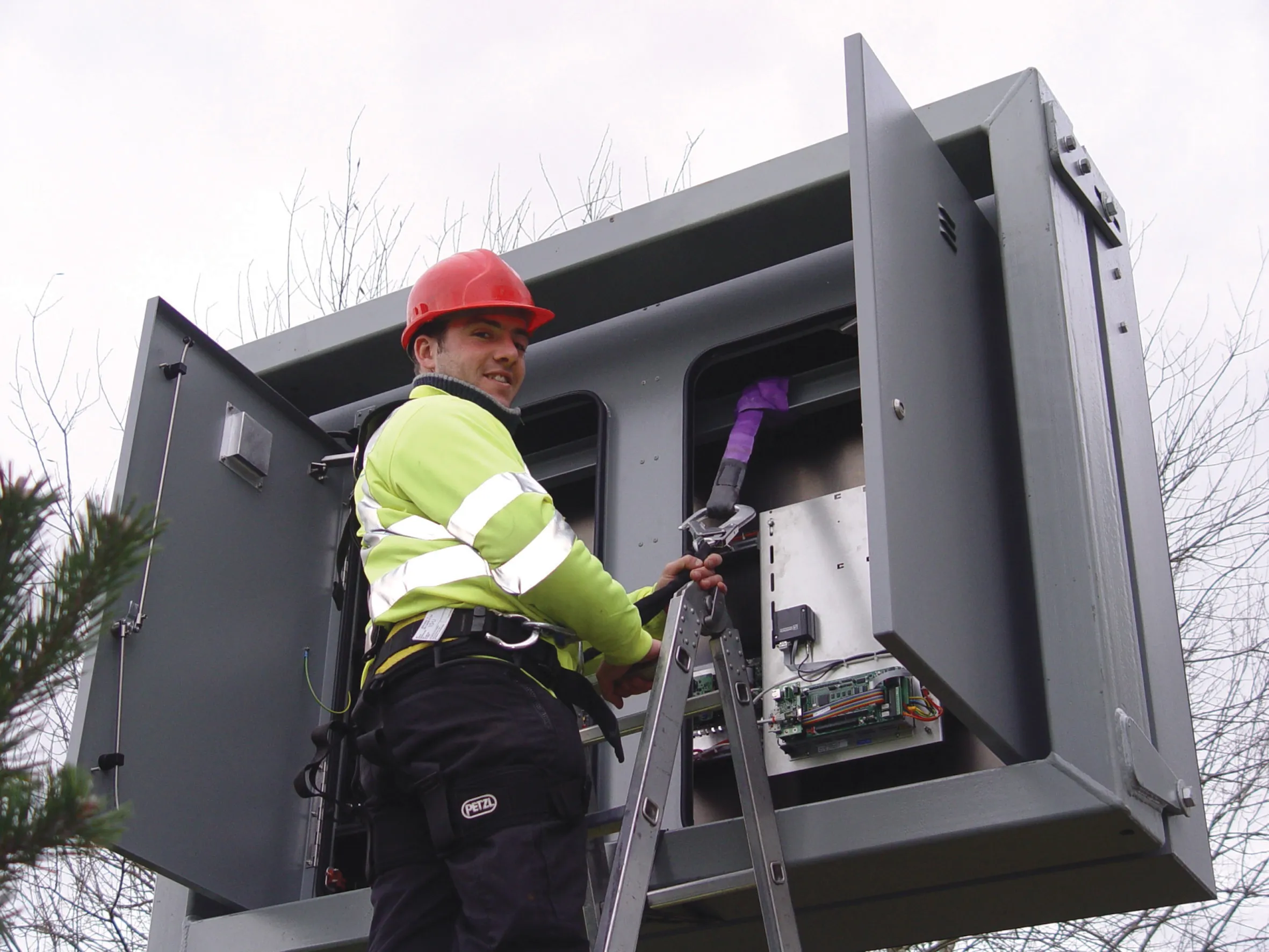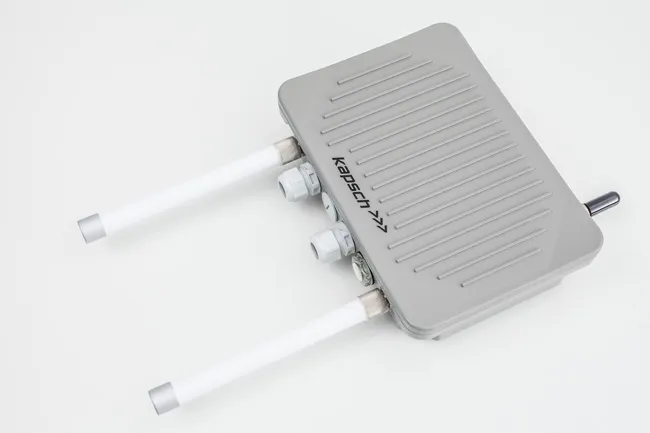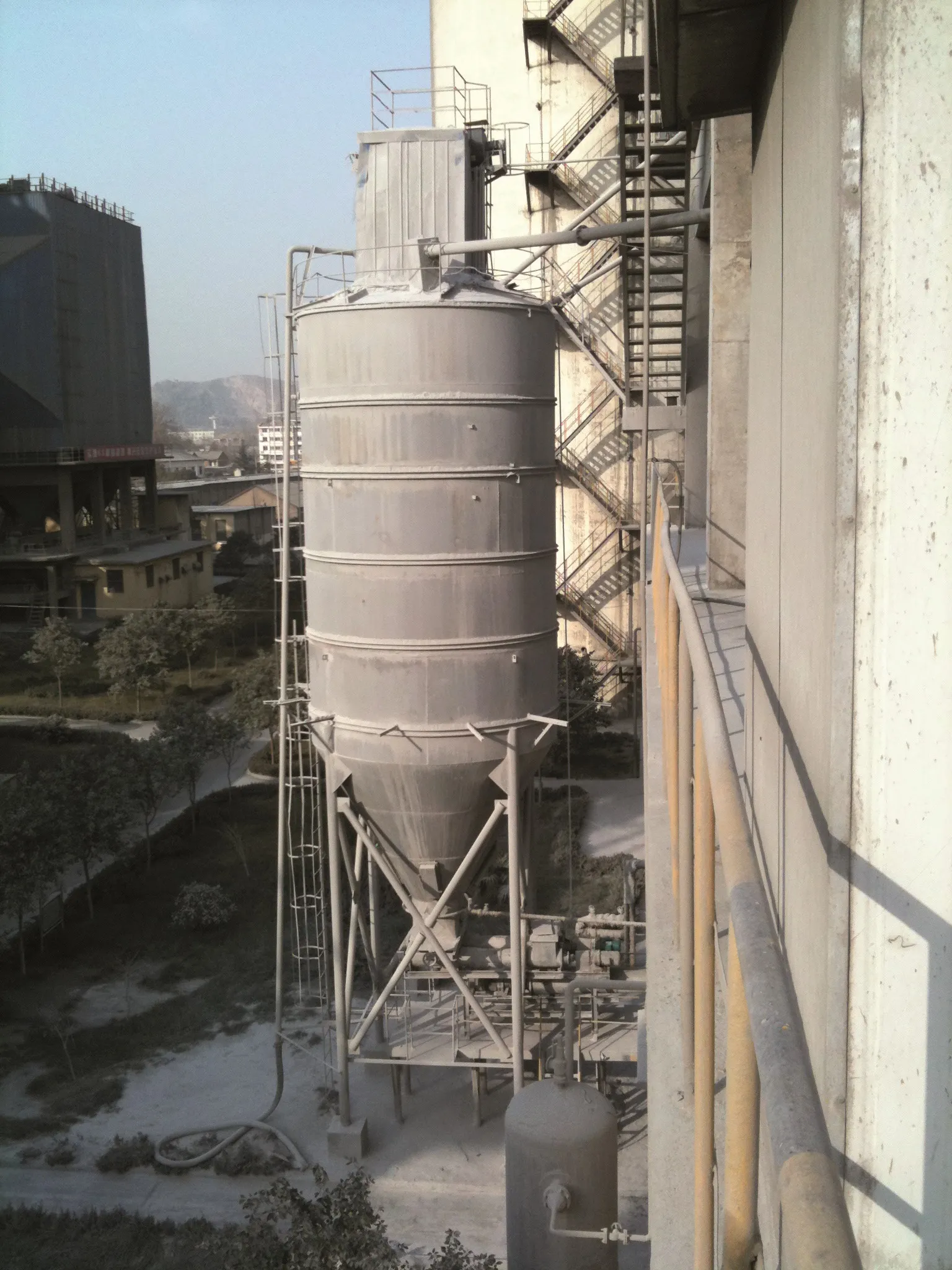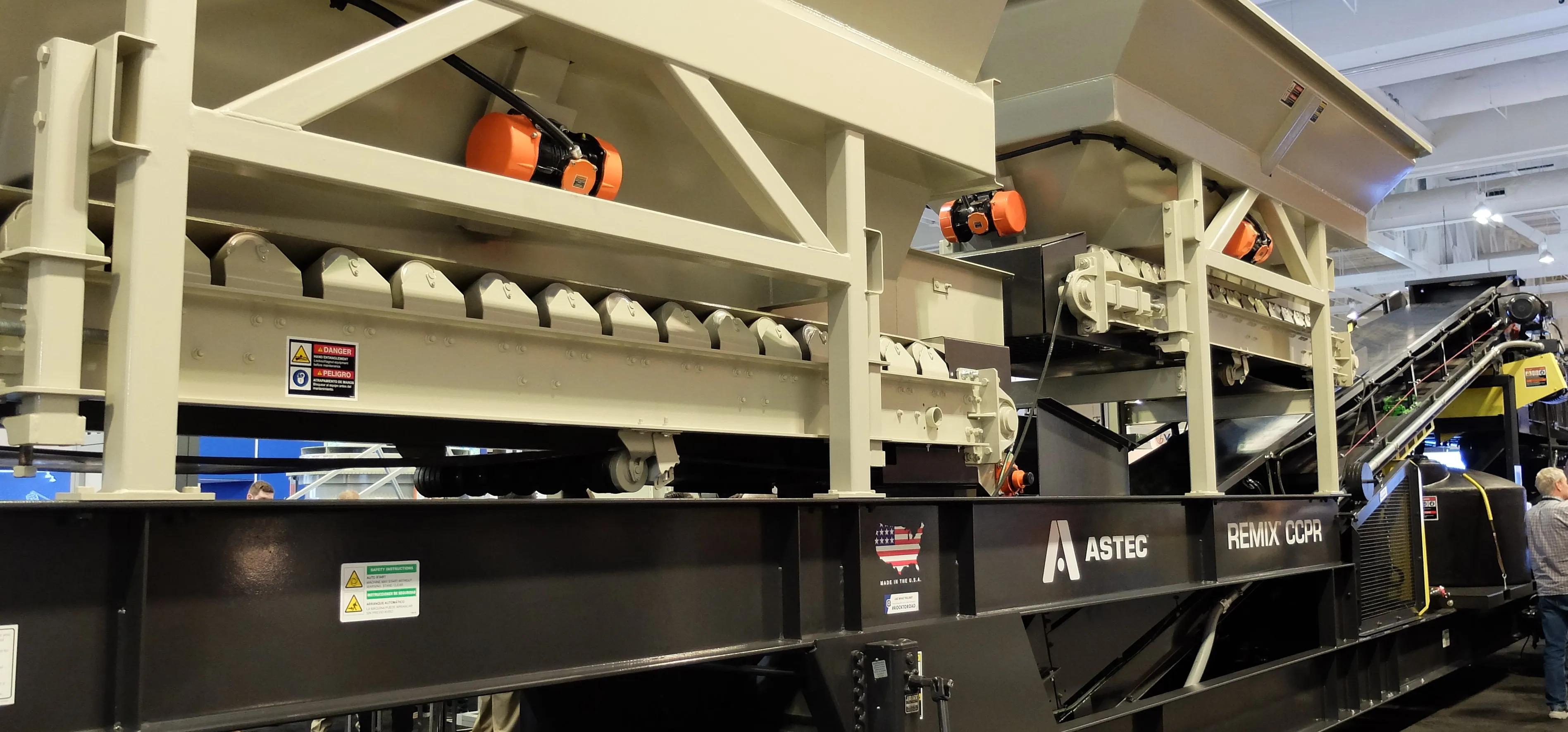
TLACS - tunnel lighting addressable control system – with LED and HPS lighting systems is installed in more than 75 tunnels worldwide, including in Singapore, Spain, Peru, the US and Canada with LED and HPS lighting systems.
TLACS-U has been developed for underpass and small tunnels operators who want to get the most from their LED luminaires with a seamless solution. The U system allows real-time dimming control and monitoring. City officials can interact directly with their infrastructure and monitor what is happening in their underpasses.
The TLACS-U version includes a UDE - underpass dimming enclosure - a preconfigured plug and play intelligent controller packaged in a rugged cabinet for short tunnel applications and underpasses.
The new TLACS version comes either in a power line version for communication over the underpass power distribution or lighting network or in a wired version. “This new solution is preconfigured as well as easy to operate and to commission by the operators,” explained Pierre Longtin, president of Nyx Hemera Technologies, which is based in Quebec City, Canada.
The luminance camera helps to reduce the black hole effect at the tunnel entrance. It sends a signal to the network controller (NWC), which adjusts the lumen level at the entrance and inside the tunnel.
The illuminescence camera reads the real lumen level inside the tunnel, which can vary due to dirt accumulation on the luminaire. The camera sends the signal to the NWC, which dynamically adjusts the lumen level inside the tunnel as per transport regulations.
Local product controllers (LPCs) are either installed in the luminaires or the cabinet depending on the TLACS version. Their function is to turn luminaires on using power line communication or dedicated wires.
NWCs gather data from a multitude of LPCs from the same group. They also control the LPCs’ relay status according to their locations or from the signal from a photometer or luminance camera.
A user interface located either in the cabinet or at the command centre is connected to the NWC to configure, control, and monitor tunnel operations.









